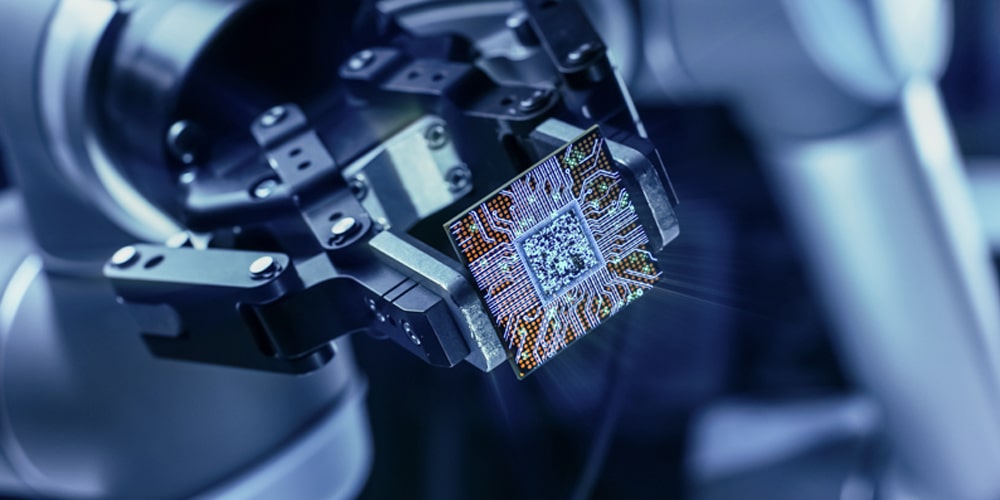Differences between ASIC, ASSP, SoC and FPGA
20 January 2025
Views: 2591
When designing electronic systems, engineers often need to choose the best between ASIC, ASSP, SoC and FPGA. Each of these technologies has its own role, but what is the difference between them?

ASIC (Application Specific Integrated Circuit)
ASIC is an integrated circuit designed for a specific application. Unlike general-purpose chips, ASICs are tailored to perform one specific function efficiently. Cost-effective for mass production, not suitable for small batches.
ASSP (Application Specific Standard Product)
ASSP is similar to ASIC, serving a wider range of applications in a specific field, off-the-shelf chips for specific tasks, but lacking the customization of ASIC. ASSP eliminates the need for custom design, reducing development costs and time.
SoC (System on Chip)
SoC is an integrated chip that integrates multiple components of a computer onto a single silicon chip. It combines processors, memory, input/output interfaces, and sometimes even GPUs and AI accelerators, with the main feature being multi-function.
FPGA (Field Programmable Gate Array)
FPGA is a reprogrammable chip that can be configured after manufacturing. Unlike ASICs or ASSPs, FPGAs are highly flexible and can be programmed to perform different tasks. FPGAs are well suited for applications that require flexibility, prototyping, or frequent hardware updates.
Key Differences at a Glance
| Feature |
ASIC |
ASSP |
SoC |
FPGA |
| Customization |
Fully customized |
Semi-customized |
Pre-designed, highly integrated |
Fully programmable |
| Cost |
Expensive for low volume |
Moderate |
High, but cost-effective for integration |
Low for prototyping |
| Performance |
Highest |
High |
High, depending on design |
Lower compared to ASIC |
| Flexibility |
None |
Limited |
Low |
Very high |
| Development Time |
Long |
Short |
Moderate |
Short |
| Examples |
Smartphone SoCs, mining chips |
Ethernet controllers |
Snapdragon, Apple A-series |
Industrial controllers, prototypes |
Conclusion
The choice between ASICs, ASSPs, SoCs, and FPGAs depends largely on requirements. For high-performance, mass production where efficiency is critical, choose ASICs; for domain-specific solutions that do not require customization, choose ASSPs; for compact, integrated systems with multifunctional capabilities, choose SoCs; for prototyping, research, or applications that require frequency, choose FPGAs.















